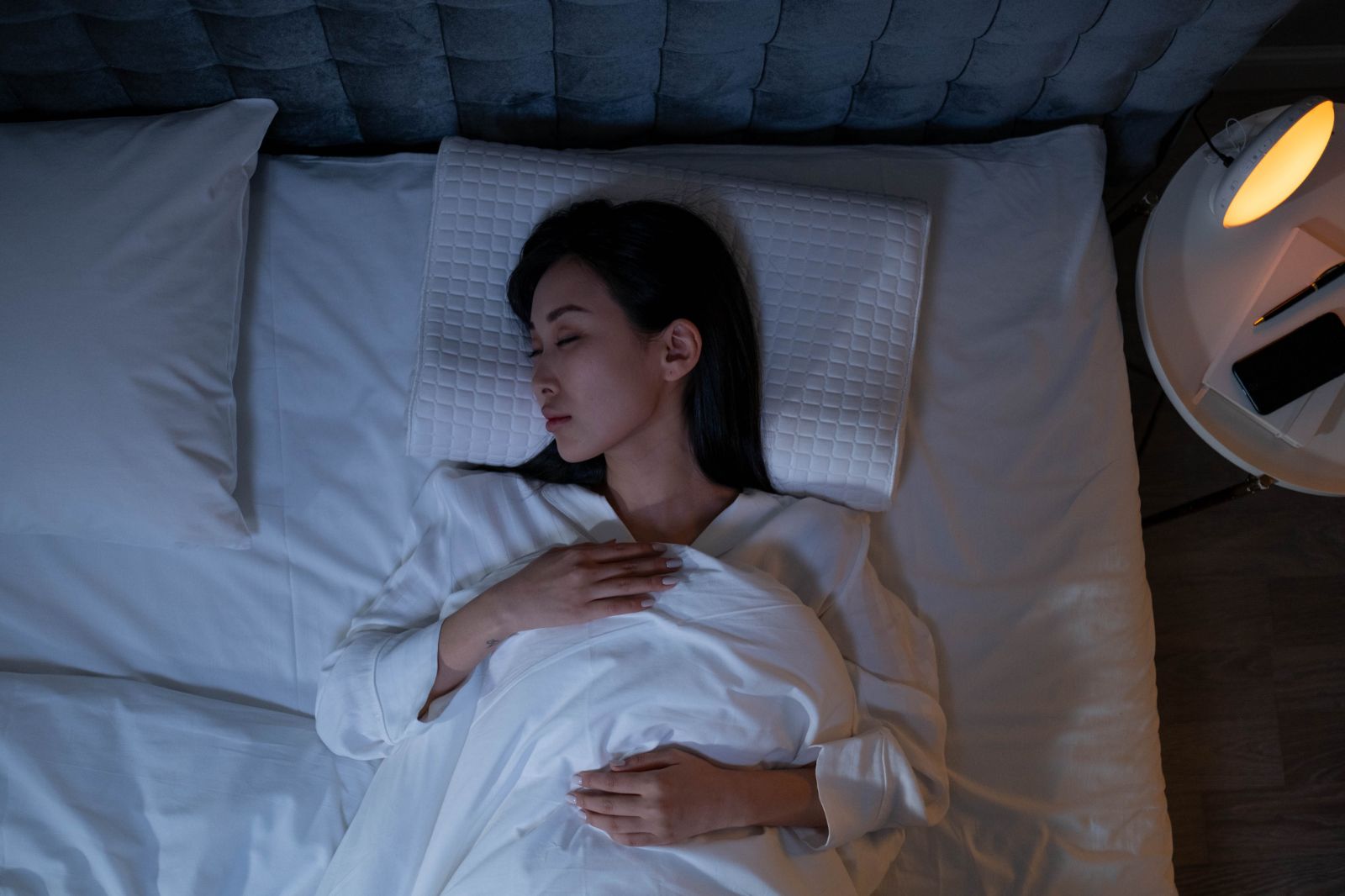The Best and Worst Sleep Positions for Snoring and Pain

Getting a good night’s sleep is essential for your health and well-being. However, for many people, snoring and physical pain can interfere with getting a good rest. While there are numerous ways to address these issues—such as using special pillows or sleeping aids—your sleeping position can also help as well. Let’s explore the best and worst sleep positions when it comes to snoring and pain management.
The Best Sleep Positions
Sleeping on Your Side (Lateral Position)
Side sleeping is often considered the best position for reducing snoring and minimizing pain, particularly in the neck and back. When you sleep on your side, gravity works in your favor to keep your airway open. This can reduce the chances of your tongue or soft tissues collapsing into your throat.
- Benefits for Snoring: Sleeping on your side helps prevent airway obstruction (the same kind that happens during obstructive sleep apnea). This position keeps your throat muscles more relaxed and reduces the likelihood of snoring. Some people even find that sleeping on their left side can be particularly beneficial.
- Benefits for Pain: Side sleeping is also good for nausea, lower back pain, and hip discomfort. By using a side sleeper pillow between your knees, you can help align your spine and minimize discomfort. It’s also easier to avoid painful pressure points by switching sides throughout the night.
Fetal Position
Curling up into the fetal position, a variant of side sleeping, can be helpful for reducing snoring and pain.
- Benefits for Snoring: Similar to regular side sleeping, the fetal position can prevent your tongue and soft palate from blocking your airway.
- Benefits for Pain: The fetal position is often recommended for people with sciatica, herniated discs, or lower back pain. By maintaining a tight curl, you may reduce pressure on the spine and relieve nerve compression. However, it’s important not to curl too tightly, as that can restrict your breathing and lead to stiffness in the morning.
Sleeping on Your Stomach (Prone Position)
While this position is less common, sleeping on your stomach may reduce snoring for some individuals. This is because it can prevent the tongue and soft tissues from collapsing backward and blocking your airway.
- Benefits for Snoring: When you lie face down, gravity helps keep your airway open.
- Benefits for Pain: Although this position might seem effective for snoring, it’s not ideal for pain relief in certain individuals. Stomach sleeping is often associated with neck pain because you have to turn your head to breathe.
The Worst Sleep Positions for Snoring and Pain
Sleeping on Your Back (Supine Position)
Back sleeping is one of the worst positions when it comes to both snoring and pain. Although it can be comfortable for some, it often exacerbates both issues.
- Worst for Snoring: When you sleep on your back, gravity pulls your tongue and soft tissues toward the back of your throat. This position is the primary cause of loud snoring for many people.
- Worst for Pain: Back sleeping can worsen back pain, particularly if you don’t use proper support. When you lie flat on your back, your spine may not maintain its natural curve. People with Ehlers-Danlos Syndrome may find it especially to find a comfortable sleeping position. Without the right pillow for neck support, back sleepers can also wake up with neck pain. It’s bes to find a supportive pillow and place a pillow under the legs to raise them to ease lower back pain.
Sleeping with a Pillow That’s Too High or Too Low
While not a “position” in itself, the height and firmness of your pillow can significantly impact both snoring and pain. A pillow that is too high or too firm can cause your neck to be bent at an awkward angle. For optimal spinal alignment, it’s essential to use a pillow that supports the natural curve of your neck.
Conclusion
The best sleep positions for snoring and pain are typically those that encourage proper spinal alignment and keep the airway open. Sleeping on your side or in the fetal position can help with both snoring and discomfort. Ultimately, the key to a good night’s sleep is finding a position that works for you personally, taking into account your specific health concerns, and using supportive pillows to ensure optimal alignment.
Why Trust Us?
At The Sleeping Institute, we're dedicated to transparency, impartiality, and accuracy in every article we publish. Our reviews are based on comprehensive analysis and firsthand experience. Staying current with the latest advancements in sleep technology, we offer up-to-date, reliable, and unbiased information to help you make informed decisions for a better night's rest. Let us be your trusted guide in the ever-evolving world of sleep technology!